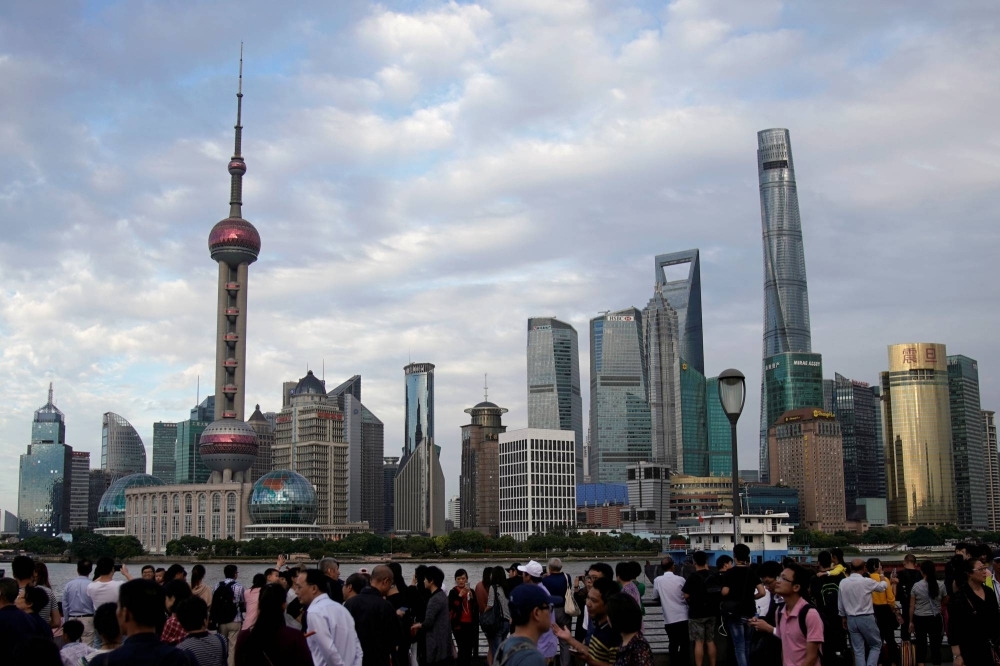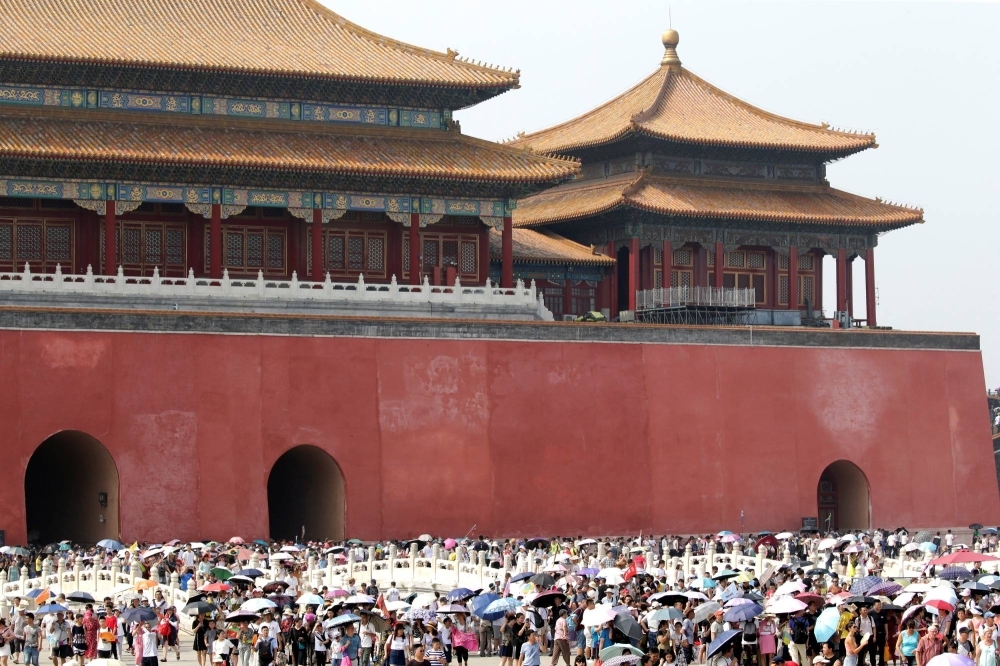Chinese President Xi Jinping has repeatedly stressed the importance of opening up to the outside world over the past five years, saying, “China’s opening-up will not stop, and the door will only open wider to the world.”
But for the tourism industry, such pronouncements have not translated into tangible outcomes, mainly due to the abrupt halt of tourism due to the COVID-19 pandemic, which saw China strictly implement prevention and control measures.
Five months after China resumed issuing all types of visas and half a year after it reopened its border following a three-year closure, the tourism sector is now being tasked with lending a helping hand as the world’s second-largest economy struggles with COVID-related aftershocks and demographic challenges. However, an expected influx of international visitors has not yet emerged.
Inbound tourism saw a slight recovery in the first half, with 52,000 people arriving in mainland China on trips arranged by travel agencies, according to the latest data published by China’s Ministry of Culture and Tourism. But the number lags far behind the figure of 4.88 million recorded in the fourth quarter of 2019, shortly before China closed its door to the world in early 2020.
“It is obvious that China’s inbound tourism is facing huge difficulties,” said Xiao Qianhui, a director with the semiofficial China Tourism Association in late May, adding that the proportion of tourists from Europe, the U.S., Japan and South Korea has dropped substantially.
Industry on alarm
The absence of overseas visitors stands in sharp contrast to the accelerated recovery of domestic tourism.
A total of 5.5 billion domestic tourist journeys are expected in China this year, rebounding to more than 90% of pre-pandemic levels, according to the China Tourism Academy, the data service of the Ministry of Culture and Tourism. Meanwhile, revenue generated by the domestic travel market will exceed 5 trillion yuan ($691.87 billion), around 80% of the pre-COVID levels.
The sluggish inbound tourism market has prompted tourism officials in China to make desperate calls to revive it, with Xiao stressing that “no time will be spared revitalizing inbound tourism.” He added that there is an “urgent need” to include inbound tourism in national strategy.

People visit the Bund in front of Shanghai’s financial district in September 2017. | REUTERS
Xiao made an appeal to the central government for more incentives and support for the sector, saying that inbound tourism can help contain growing negative sentiment about China in the West by giving foreign nationals first-hand experience of the country and its people.
“If the good ‘China story’ is told by the foreigners themselves, that can generate a completely different effect. Such a process is time-consuming, but it will make a big difference,” he said, citing the positive feedback from Tesla CEO Elon Musk’s mother, who visited China in March.
Travel experience
Despite the sluggish arrival of travelers from abroad, China is seeking to tackle pain points for foreign nationals in China.
A major recent move — hailed by the industry and overseas visitors — is the facilitation of payments using Visa and Mastercard cards through Alipay and WeChat Pay, the country’s two largest mobile payment services, whose combined market share exceeds 90%. The move is significant because it helps visitors integrate into China’s cashless society, where the electronic transaction volume reached over 40 trillion yuan last year.
Local residents are used to paying for almost everything — restaurant meals, transportation services and much more besides — using mobile payments, with such payments accounting for more than 80% of daily consumer transactions. Without access to such payment services, it is very difficult to get by.
Nonetheless, other difficulties continue to linger. One of these issues is a troublesome visa application process, which requires applicants to present hotel and airline reservations or an official letter of invitation from a China travel agency or individual.
The visa application becomes even more challenging if applicants wish to visit restricted areas such as Xinjiang or Tibet.

Tourists visit the Forbidden City in central Beijing in July 2018. | REUTERS
Upon arrival, China’s online ecosystem might make people feel they have stepped into a parallel world. For one thing, a reliable “virtual private network” that functions effectively within the country is needed in order to use familiar apps such as Google, Instagram and YouTube.
In addition, travel planning apps such as Google Maps, Yelp and TripAdvisor are unavailable in China, while their Chinese alternatives might not be user-friendly for foreign nationals due to language barriers and a registration process that needs real-name authentication.
Besides, it is a legal requirement for all foreign nationals, as well as people from Hong Kong, Macao and Taiwan, to register with local police within 24 hours of arrival. If visitors stay in a hotel, the establishment will do the registration on their behalf, but if they stay in an Airbnb place or at a friend’s home, they need to do the registration themselves at a police station. Failure to register can result in fines of up to 2,000 yuan.
Due to such rules, finding a hotel or hostel that will take in foreign nationals can be another big challenge — more so in places outside of major cities — as the extra administrative work is not seen as being worthwhile, since international travelers are not their target customers.
Major cities in China are well connected through the countries’ extensive railway network, and traveling by train is cost-effective, especially for those who wish to experience various cities. But foreigners cannot buy tickets online and instead must do the ticket purchase and verification of their passport in person — a problem that tourism officials have said should be overhauled.
Remaining hurdles
In late June, the U.S. recommended its citizens reconsider their travel plans to China, due to concerns over “the arbitrary enforcement of local laws, including in relation to exit bans, and the risk of wrongful detentions.”
It is indeed important to be aware of those concerns, experts say, but an undue focus on them will lead to the misperception that China is an especially risky place to visit. And seeing travel to China through a geopolitical lens will cause people to neglect factors that are more relevant when visiting the country.

Performers take part in an indoor theatrical performance for tourists in Shapotou, Ningxia Hui Autonomous Region, China in July 2021. | REUTERS
Additionally, airlines have not yet restored the number of flights to the level before COVID-19, which is partly why the number of inbound tourists remains low. Flights to China in the first quarter recovered to above 30% of the level in 2019, Chinese domestic media reported.
Still, industry insiders expect that it will take time for China’s inbound travel market to recover to pre-pandemic levels, given the existing stumbling blocks.
“A convenient visa procedure is the starting point for attracting inbound tourists, but the degree of visa facilitation in China has not yet been further improved,” said Jane Sun, the Chief Executive Officer of China’s leading travel site Ctrip.
Source: The Japan Times




















